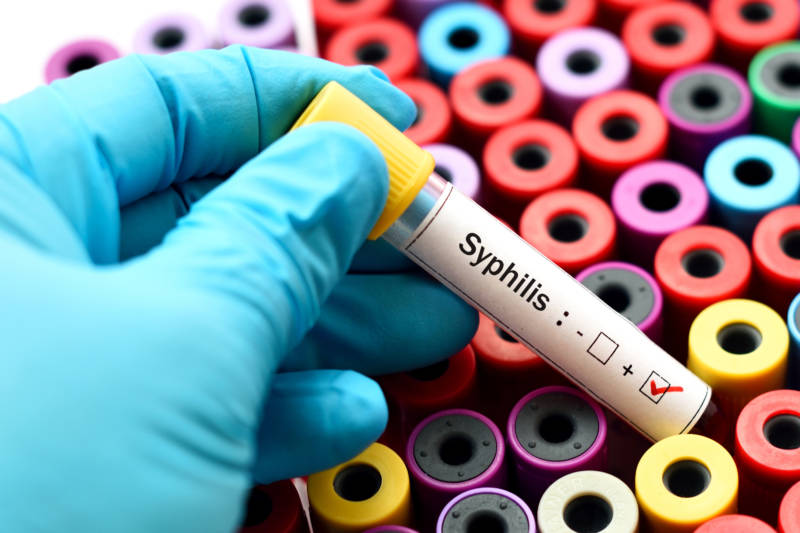An epidemic rise in methamphetamine use is driving another epidemic of a disease that was all but eradicated 20 years ago: syphilis.
Public health officials started seeing the return of the sexually transmitted disease around 2001, mainly among men who have sex with men. But in recent years, heterosexual syphilis cases have spiked, according to a new analysis released Thursday by the Centers for Disease Control and Prevention.
“There are two major public health issues that are colliding,” said Dr. Sarah Kidd, epidemiologist with the division of STD prevention at the CDC. “Use of methamphetamine, as well as injection drug use and sex with people who inject drugs, more than doubled among heterosexuals diagnosed with syphilis between 2013 and 2017.”
The overlap of the two epidemics is most pronounced in the Western region of the U.S., where the meth supply is more plentiful. In 2017, 35 percent of women with syphilis in the West reported using meth, compared to 13 percent in the Midwest, 8 percent in the South and 1 percent in the Northeast.
“Methamphetamine is a stimulant, and one of the reported effects is increased sex drive,” Kidd said. “But also, stimulants increase risk behaviors, including sexual risk behaviors: having multiple partners, inconsistent condom use and the exchange of sex for money or drugs.”
California has the second-highest syphilis rates in the country, after Nevada. In 2017, there were 278 cases of congenital syphilis — babies born with the disease after contracting it from their mother.
“This is unacceptable,” said Dr. Karen Smith, director of the California Department of Public Health.
Women who are using meth and other drugs often don’t realize they’re pregnant until the third trimester, Smith said, when it’s too late to effectively treat the syphilis in utero. Or, they don’t want help, especially if they have other children.
“There’s real reluctance to seek care because of a concern that their drug use will be reported and then CPS [Child Protective Services] will be involved and their children will be taken away,” Smith said.
